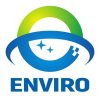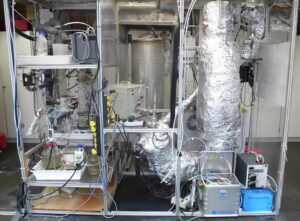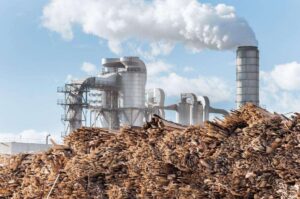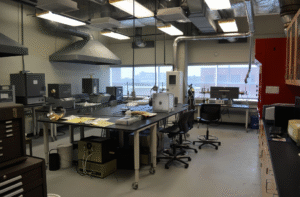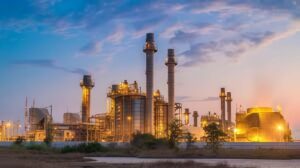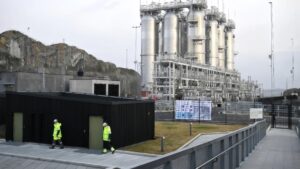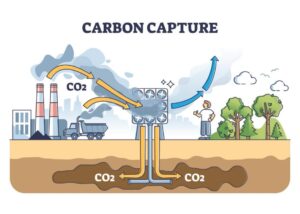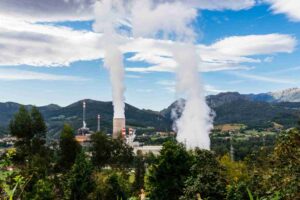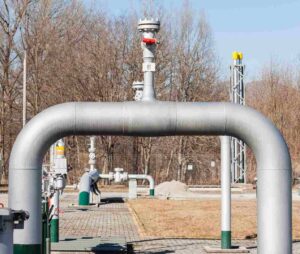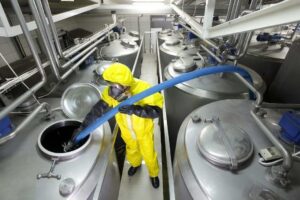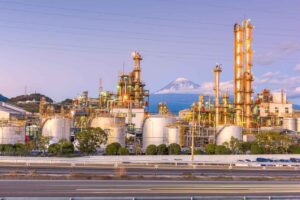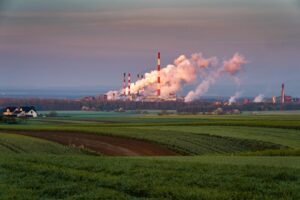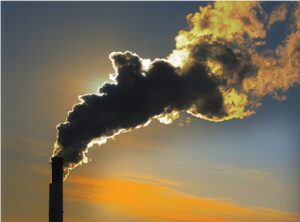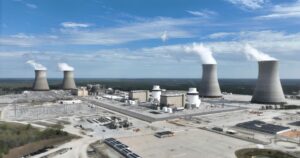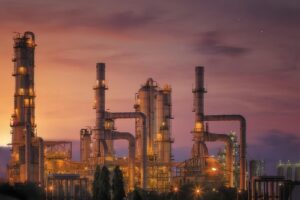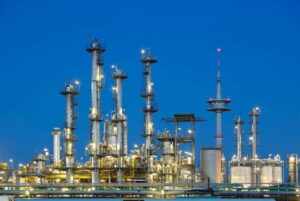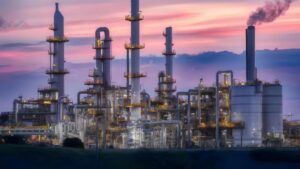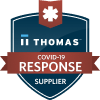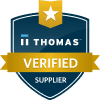Escaping or mis-dosed ammonia creates safety hazards, corrodes assets, and triggers compliance risks—especially around SCR/SNCR, fertilizers, coking, and waste-to-energy. Traditional wet-chemistry checks are slow, reagent-heavy, and easy to miss transients. When load, temperature, or reagent flow shifts, NH₃ can spike in seconds—taking NOₓ control with it and leaving you blind between grab samples. ESEGAS’s laser-based Ammonia (NH₃) Analyzer provide continuous, selective, real-time data with low maintenance—so you can control processes, prove compliance, and protect people and equipment.
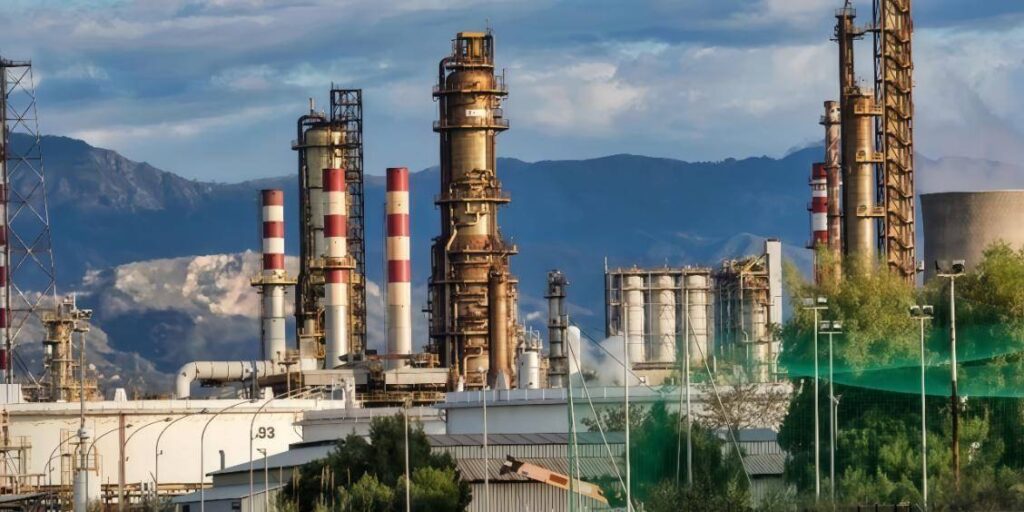
Ammonia (NH₃) analyzers are instruments that continuously measure ammonia concentration in gas streams for process control, emissions reporting, and safety. ESEGAS employs Tunable Diode Laser Absorption Spectroscopy (TDLAS) to deliver fast, selective, in-situ or extractive NH₃ measurements across trace to high ranges for CEMS and process applications.
Knowing the “what” is only half the story. Different industries, stacks, and lines demand different ranges, response times, and installation methods. Below, we unpack how ESEGAS implements NH₃ measurement—from working principle and models to use cases, integration, selection, and upkeep.
How does an NH₃ analyzer work—and why is TDLAS better for online industrial monitoring?
Cross-interference (e.g., H₂O), slow response, and sample handling losses undermine accuracy.During transient slip, lagging analyzers miss peaks that drive violations and corrosion.A laser-based Ammonia (NH3) Analyzer targets a narrow NH₃ absorption line, rejecting interferents and responding in seconds.
TDLAS sweeps a tunable diode laser across an NH₃ absorption line; the attenuation reveals concentration with high selectivity and speed. Narrow linewidth lasers, targeted line selection, and signal processing mitigate cross-interference (notably moisture) and deliver real-time, low-drift readings. Compared with wet chemistry, electrochemical, or NDIR options, TDLAS is non-contact/low-consumable and better suited for dynamic control and harsh stacks. ESEGAS builds on this physics to provide industrial-grade NH₃ monitoring with real-time response and robust stability.
What ESEGAS models and core specs are available?
One size never fits all—from ppb ambient checks to percent-level process gas. Mismatched ranges or interfaces inflate cost and risk. ESEGAS offers the Ammonia (NH3) Analyzer ESE-LASER-100 platform for fixed online monitoring, with configurations spanning in-situ cross-stack and extractive setups, plus portable options for surveys.
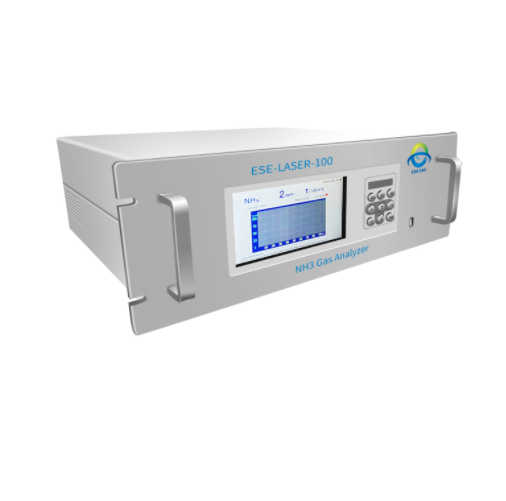
The ESE-LASER-100 NH₃ Analyzer uses TDLAS for high-accuracy, continuous monitoring in industrial environments. It supports flexible ranges (trace to high), rapid response, and standard industrial outputs for DCS/CEMS integration. Portable/field-friendly configurations are available for maintenance and emergency checks. For specifics and current options, consult ESEGAS’s NH₃ product page and NH₃ analyzer category.
In CEMS and stack monitoring, what problems does an NH₃ analyzer actually solve?
Ammonia slip after DeNOx is both a pollutant and a root cause of downstream fouling and plume issues. Without continuous data, SCR/SNCR tuning is guesswork, risking NOₓ exceedances, visible plumes, and catalyst damage. A TDLAS Ammonia (NH3) Analyzer delivers slip visibility, enabling closed-loop reagent control and documentation for regulators.
Continuous NH₃ monitoring at the SCR/SNCR outlet helps tune reagent flow, diagnose catalyst health, and avoid ash/ammonium-salt deposition. Guidance and industry literature emphasize continuous slip monitoring to validate DeNOx performance and compliance. ESEGAS details stack applications for laser NH₃ analyzers and how they integrate with CEMS architectures.
How do fertilizers/urea, waste-to-energy, coking & refining deploy NH₃ monitoring effectively?
High dust, variable temperature, corrosive gases, and tight spaces complicate installations. Poor sampling and condensation lead to drift and downtime. Match installation to conditions—choose in-situ or extractive, apply heated lines, add prefilters/demisters, and specify corrosion-resistant wetted parts on the Ammonia (NH3) Analyzer.
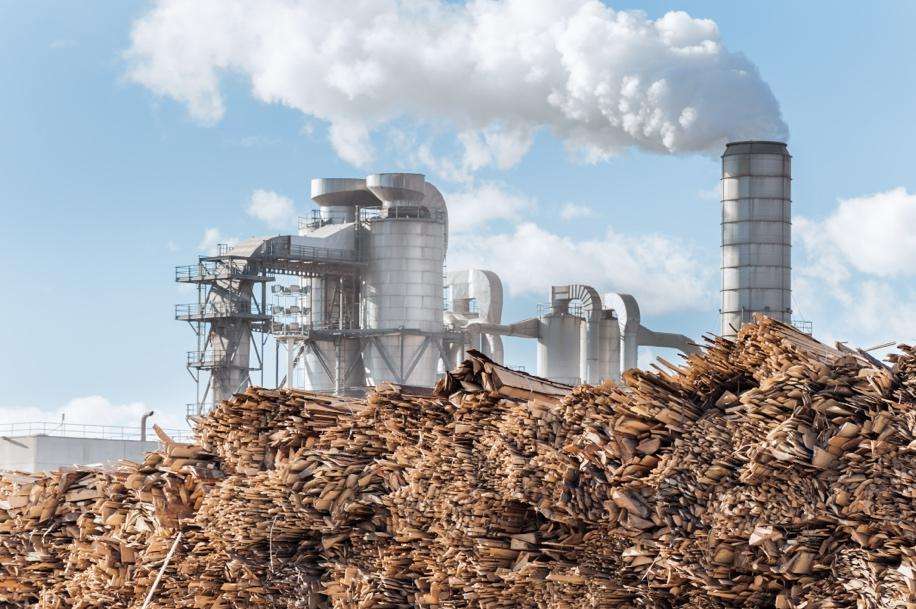
Across fertilizers and urea plants, placing measurement near injection and at critical control points provides feedback on dosing. Waste-to-energy stacks benefit from cross-stack in-situ paths to average stratification. Coking/refining units may need extractive systems with heated sampling to manage tars and moisture. ESEGAS publishes application notes and mitigation strategies for moisture interference and stack deployments with laser NH₃ analyzers.
How does an ESEGAS NH₃ analyzer connect to DCS/PLC and environmental platforms?
Data silos and incompatible protocols block automated control and complete records.Missing or mismatched data jeopardizes compliance and optimization.
Use standard analog/digital outputs (e.g., 4–20 mA, relays, Modbus/ethernet) and align with CEMS guidance for quality assurance.
ESEGAS analyzers provide industry-standard I/O for seamless integration with DCS/PLC and environmental data systems. In CEMS, follow applicable QA/QC (e.g., zero/span checks and audit procedures) and document maintenance to satisfy authorities. ESEGAS’s product literature and CEMS guidelines outline architectures and quality routines that keep your Ammonia (NH3) Analyzer data trustworthy.
Selection checklist: How do you configure the right ESEGAS NH₃ analyzer for your site?
So many variables—range, response, dust, temperature, materials, and budgets. Over- or under-specification raises lifecycle cost and risk. Use a structured checklist for your Ammonia (NH3) Analyzer:
Detailed answer (quick checklist).
- Range & MDL: expected min/typical/max NH₃; required detection limit.
- Dynamics: target response time to capture transients.
- Location: in-situ cross-stack vs extractive (heated lines, preconditioning).
- Process conditions: temperature/pressure, dust load, moisture, corrosives.
- Materials & protection: wetted metallurgy, purge, window cleaning.
- Interfaces: 4–20 mA, relays, Modbus/TCP, data logging.
- QA/QC: zero/span routine, audit access, calibration gas strategy.
- Spares & service: windows, filters, pumps (if extractive), training. For typical templates (e.g., “post-SCR stack,” “fertilizer line,” “portable survey”), align with ESEGAS application guidance.
FAQ
- Why TDLAS over NDIR or electrochemical? Higher selectivity to NH₃ lines, faster response, and non-contact optics minimize consumables and cross-interference—ideal for dynamic control.
- Can I monitor multiple gases? Yes—TDLAS platforms can target different species (each with its line), and ESEGAS offers broader gas analyzer families for complementary measurements.
- What about extreme moisture or dust? Apply heated extraction with filtration or use in-situ optics with adequate purges; follow ESEGAS’s moisture-mitigation practices.
- When is portable better than fixed? For maintenance checks, commissioning, or emergency leak surveys—portable configurations speed deployment without permanent installation.
- Does this meet emissions program expectations? Continuous NH₃ monitoring is recognized in DeNOx oversight and CEMS architectures; ensure QA/QC and documentation per local authority guidance.
Conclusion
Ammonia control links safety, compliance, and efficiency. By leveraging TDLAS, ESEGAS’s Ammonia (NH3) Analyzer gives you selective, real-time, low-maintenance data for stack and process decisions—so you can tune DeNOx, prevent fouling, and document performance confidently. Ready to tailor a configuration to your plant? Share your process conditions, target range, and integration needs, and we’ll map the optimal ESEGAS setup.
